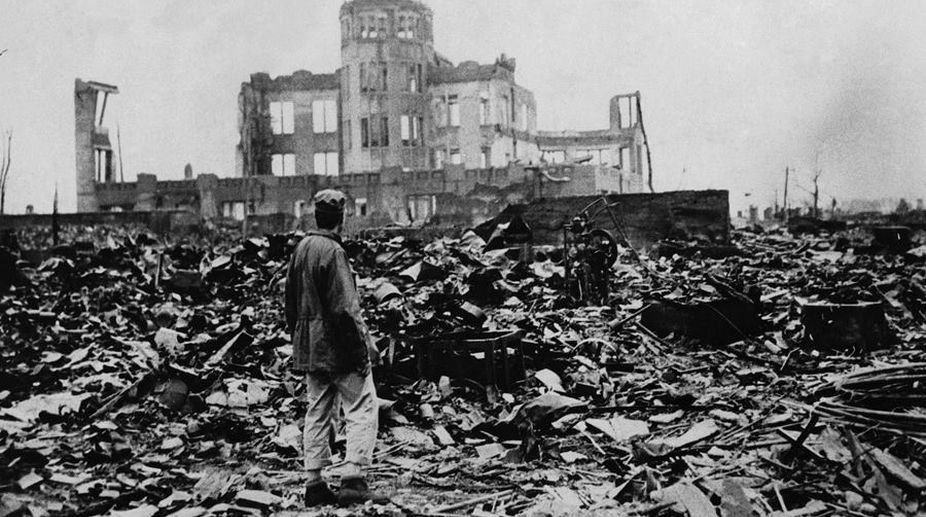Japan’s Path
Japan's enduring economic challenges serve as both a cautionary tale and a beacon of resilience.

Hiroshima, WW II (FACEBOOK)
The classic belief that everything in this world is inter-connected seems to lose grounds, now that new creations are adding up every day and we lose track of what is connected to what. But every time you lose your faith in inter-connectivity, try to keep in mind what you are about to read.
In 1945, the world experienced one of the greatest horrors ever committed in the history of mankind-the atomic explosion on the cities of Hiroshima and Nagasaki in Japan during the Second World War which virtually wiped these two cities from the map. Decades after the occurrence of this event, there still remain visible traces of this atrocity. But one thing that is neither visible nor harmful in general, resides everywhere around us.
Two isotopes, Caesium-137 and Strontium-90, occur in great concentration in oil paintings made post 1945. These radioactive fission products are given out during a nuclear explosion which then settles into earth and gets absorbed by the soil. This is further is seeped in by the plants growing on it, especially flax seeds.
Advertisement
From flax seeds are derived the linseed oil, a major bonding agent for oil paints. Elena Basnar, the curator of The State Russian Museum in St. Petersburg, came up with the idea of examining paintings using a more radical method to accurately date them.
When a mass spectrometer was used in this process by her, some scientists actually discovered that the aforementioned isotopes, caesium-137 and strontium-90, were in greater concentration in paintings made after 1945, the year when the world witnessed the drastic detonation of the first ever nuclear weapons.
The fact that this catastrophe had far reaching effects not only on environment and science, but also on the field of art, fills one with the strange feeling that in every gallery of modern art resides a fingerprint of the devastation, humanity longs to forget. The irony lies is in the fact that paintings, the most creative and refined manifestation of man, also bear the traces of his capability of destruction.
Coordinator, Class XII, Julien Day School
Advertisement